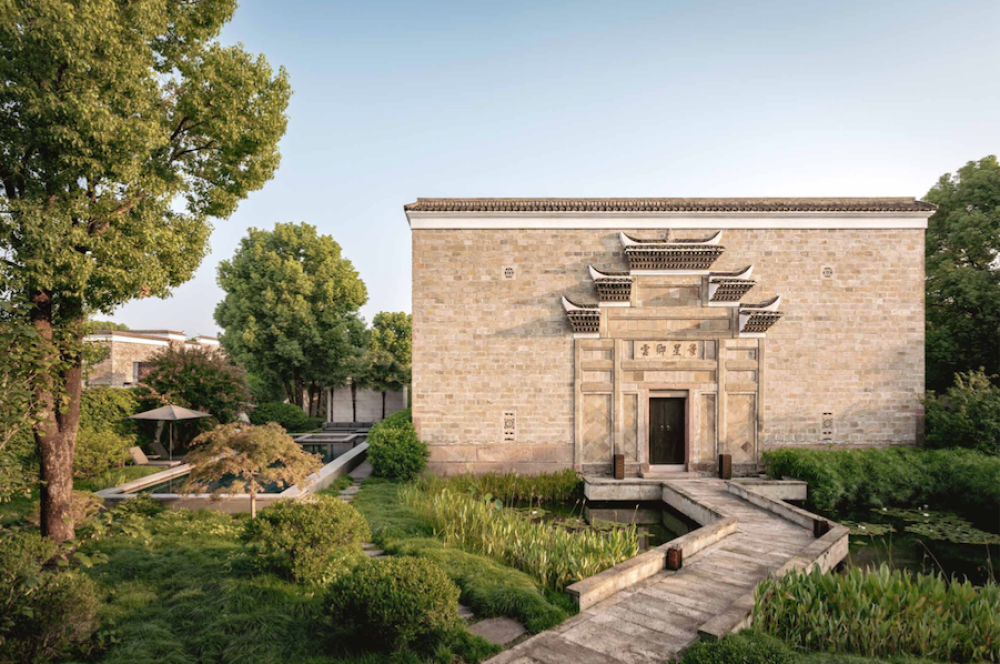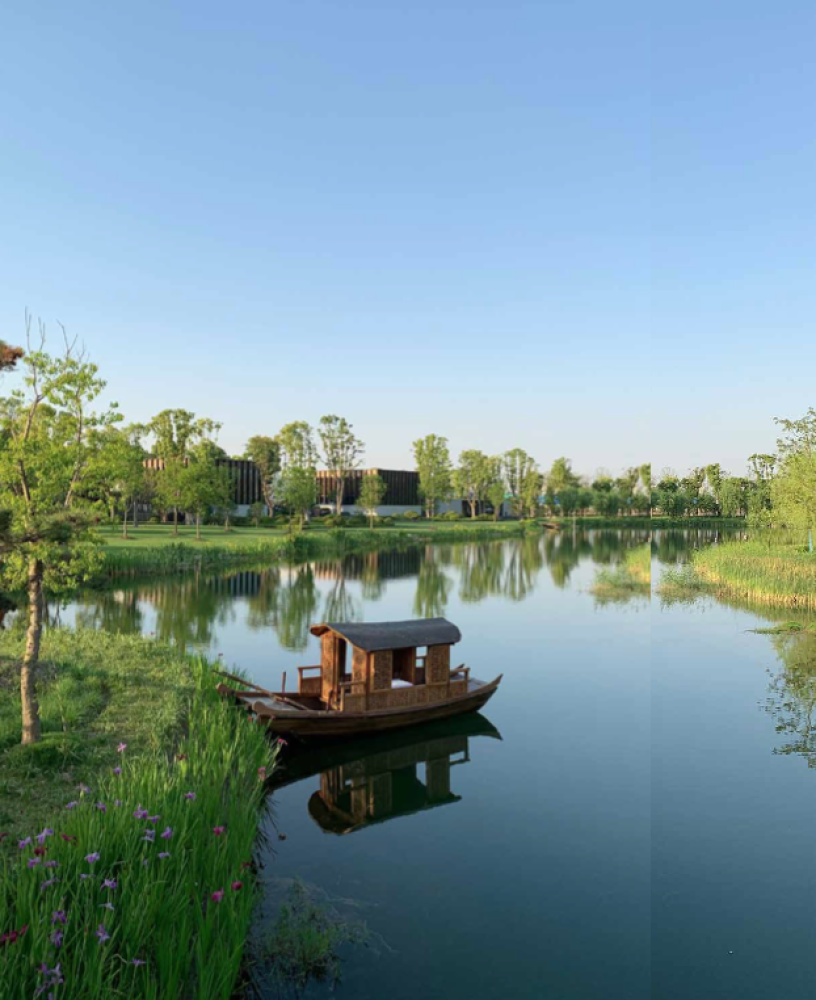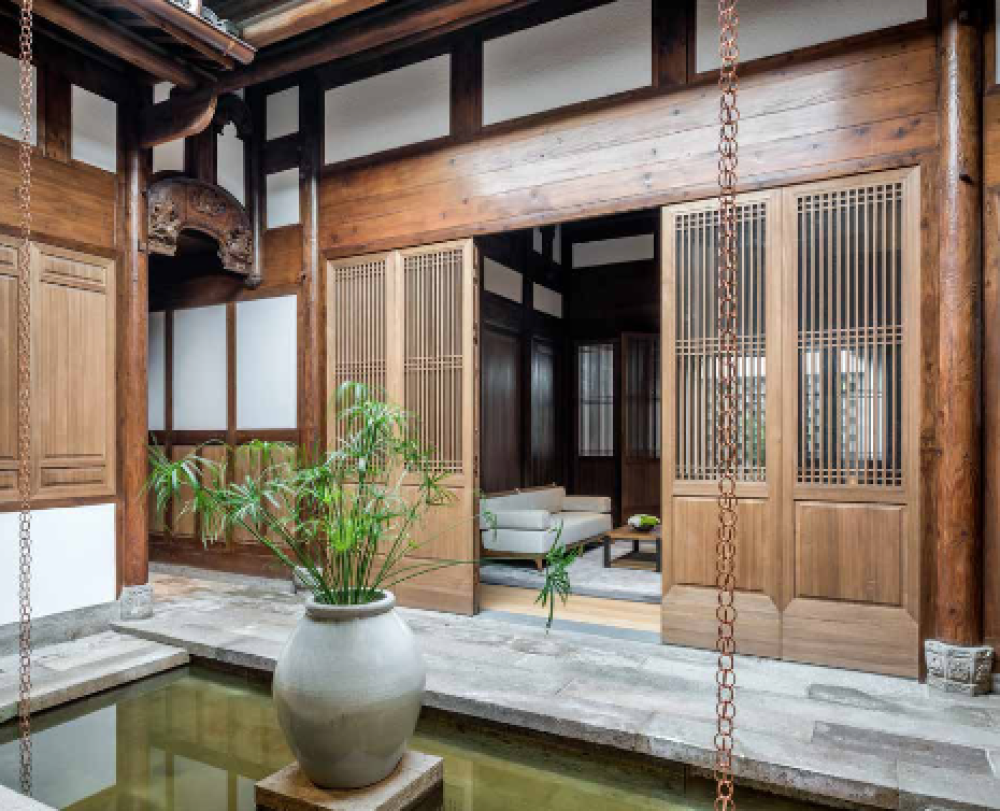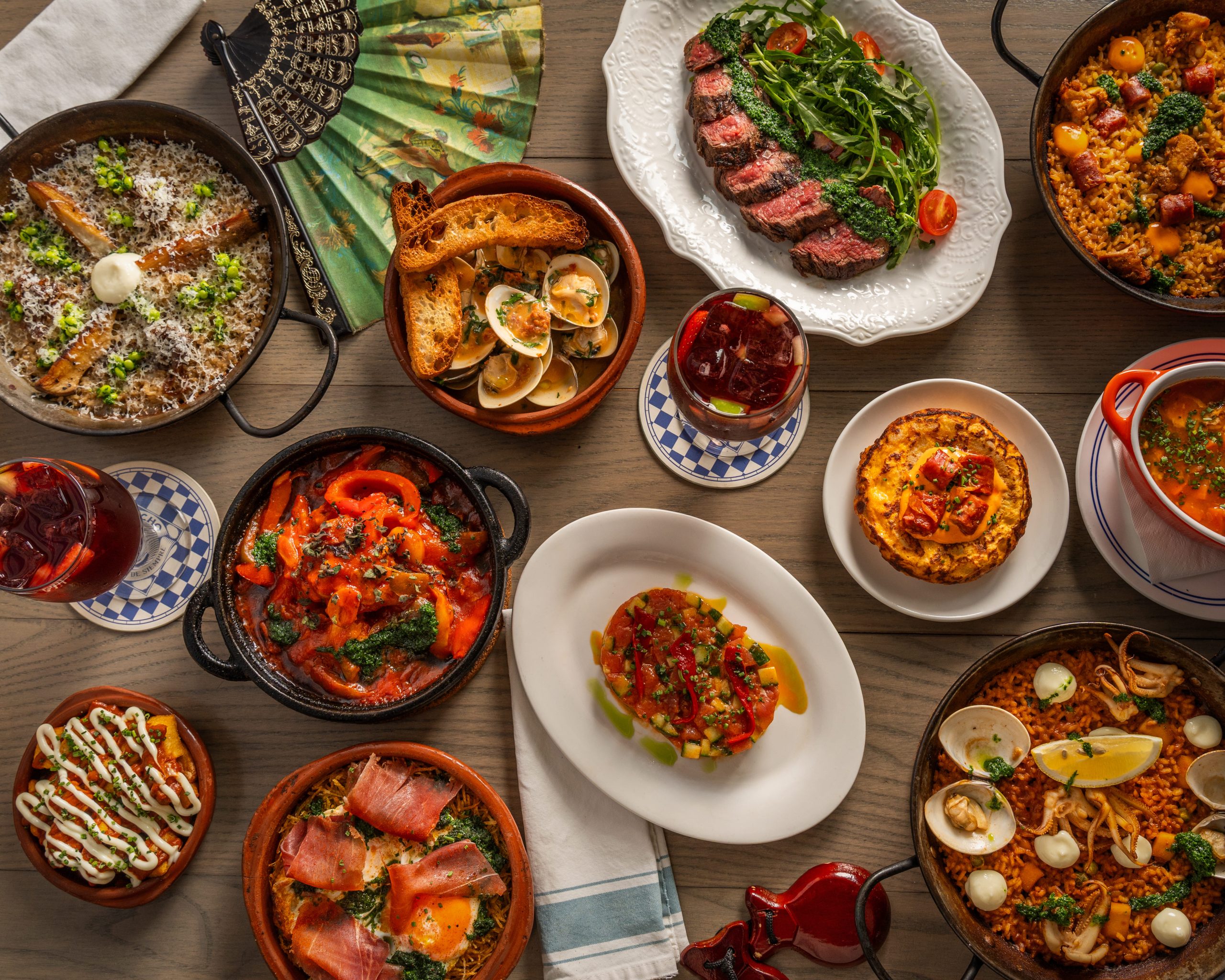Devotees of ancient Chinese scholarly thought and Buddhist teachings will want to make a pilgrimage to Amanyangyun and Amanfayun. Zaneta Cheng ventures to the luxurious wilds of Shanghai and Hangzhou and reports back

To be worth one’s weight in salt in ancient China, scholar-gentlemen would have to master four main academic and artistic accomplishments known as the Four Arts. These are qin, a seven-string zither that can be played on a desk; qi, the strategy board game Go; shu, Chinese calligraphy; and hua, Chinese painting. Since the dawn of modern China, much of these skills has been lost. Many in China today do not know the difference between the two very different zithers of Chinese music. I’m told this by my guqin teacher at Nan Shufang at Amanyangyun in Shanghai.
At one point, my teacher tells me, every single household that had or aspired to good social standing would have all their children learn the instrument. Today, one would be hard-pressed to find anybody versed in any of the above four ancient requisites. One would also struggle to find very many vestiges of ancient Chinese walled homes. But of course, I say all this because all of the above can be found at the sprawling Shanghai Aman property.

Opened in 2018, Amanyangyun was designed by the late Australian architect Kerry Hill. Beyond the airy foyer and through the grey slate pathways that lead to the spa, restaurants, villas and grounds are 14 Ming- and Qing-dynasty walled villas that were shipped from Jiangxi province and painstakingly restored brick by brick. The restoration project began as a labour of love before Aman founder Adrian Zecha proposed for the ancient buildings to become the jewels of a new Aman resort.
The project was spearheaded by property mogul Ma Dadong, who was but 29 years old in 2002 when he went home to visit his parents in Fuzhou, southwest of Shanghai, and heard that a series of nearby ancient villages and thousands of more ancient camphor trees would be submerged to make way for a new reservoir. In order to save the buildings and the trees, Ma reached an agreement with the government to uproot 10,000 trees and 50 houses and relocate them outside Shanghai. While the trees were rehabilitated once in soil, it took Ma until 2005 to piece together the first villa, re-outfitting the dwelling for modern use.
Also see: A grand view at Grand Hyatt Seoul
Today 14 of these villas are dotted around the Amanyangyun property, some for purchase and some as part of the resort. All are completely individual with between two to five bedrooms. Modern wings and courtyards are built around the grey-stone Jiangxi buildings but there’s nothing quite like the buildings themselves, with handprints still visible on the stone façades where workers pushed in each slab before there was modern machinery to do so without indenting the cement. The same wooden doors are used with circular handles burnished with the Chinese word for luck, and intricate wood and stone carvings can be seen just about whichever way one looks.
Inside, the rooms and courtyards use traditional black stone and wooden latticework. Dark nanmu wood pillars infuse each room with their fresh woody smell. Everything is almost as it once was, only Kerry Hill Architects has drawn on these elements and infused Aman’s signature minimalism into the interiors. There is every imaginable mod con set amidst a beautifully restored time capsule. Twenty- four suites in slate and cedar have also been built as part of the main complex with touches of lattice and two private courtyards to echo the older buildings on the property.
While it might be difficult to imagine a resort built in as bustling a city as Shanghai, the property, 45 minutes out from the city centre, is a sanctuary. With its own lake, guests can take their breakfast at Italian restaurant Arva overlooking the water each morning. There’s a garden off the path of the restaurant Lazhu, which serves Jiangxi and Cantonese food. All restaurants source some of their ingredients from the garden, which grows herbs and a selection of root vegetables. Every single dish here is excellent. Please do not make me choose. Lazhu also does a Chinese-inspired afternoon tea which can be taken on a sampan that takes guests out on the lake at sundown. And there’s hotpot restaurant Yinlu, which serves Cantonese seafood hotpot in a chicken-based fish maw soup out of a vessel made of pure silver which, if memory serves correctly, totals RMB80,000.

The Chinese cultural experience has never felt so zen. The spa, one of the largest Aman spas across its portfolio, offers the massages and facials typical of resorts but there are also sound baths and meditation classes to draw guests further away from the daily grind. Slightly away from the property, easily reachable by buggy, is Bei Tea House. Located in yet another historic building, the space combines traditional and contemporary Chinese aesthetics and stores, brews and serves teas for guests who want to take a moment for themselves.
But perhaps nothing encapsulates the soul of Amanyangyun more than Nan Shufang. Named after the royal reading pavilion in the Forbidden City, this building, open for all guests to enter, is one of the most architecturally impressive antique buildings to have been transported from Fuzhou. With two wells in the entry courtyard, koi fish swim as guests take in the stonework before entering for a traditional tea or incense ceremony or calligraphy or Chinese painting class. For me, there’s nothing quite like walking out of the building in the late afternoon sun to a view of the Emperor Tree standing imposingly on the grass lawn in front having just completed a guqin class that binds me to a heritage to which I belong.
Also see: Capella Hotel fuses luxury and art in 2024 across its properties





